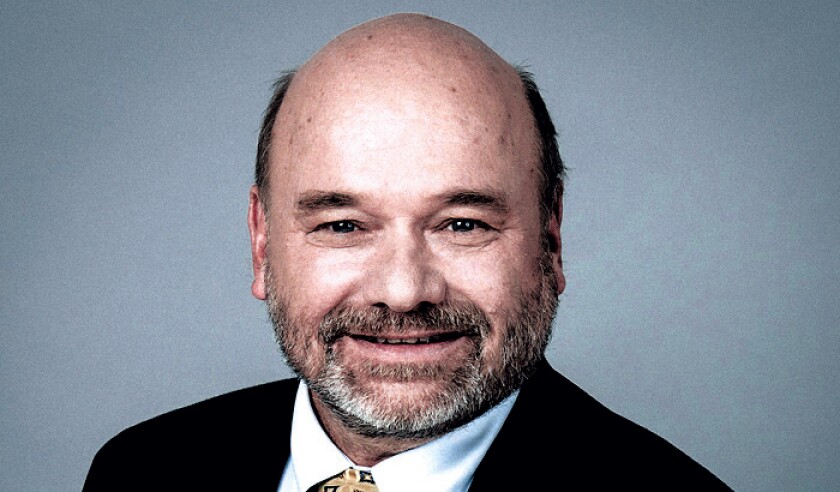He said: “I don’t think investors are generally expecting [to]... accept lower returns because it’s got the green label on it,” he said, speaking on a (Re)Connect panel hosted by Insurance Insider.
Instead, he said stakeholders hoped that the ILS and reinsurance industries would use their influence to “nudge” behaviour in the right direction but still price products “properly”.
Also discussing ESG products Jon Sullivan, deputy CUO at Brit Insurance, said that in terms of underlying risk structures, his firm’s lines of business were evolving toward renewables.
He went on to say that it would be nice to “parcel” it and share some of the risk with the ILS market.
On secondary perils Dr Lixin Zeng, co-founder and managing partner of Integral ILS, said one of the main challenges for ILS managers was dealing with the fact that such perils eliminated the competitive advantage of the market: taking on systemic risks as a diversifier for institutional investors.
Because secondary perils don’t fall into this category, there is no pricing benefit for ILS investors.
As such, he said that when trying to bring investors in closer to the source of risk it was more efficient to focus only on peak perils such as hurricanes and earthquakes.
Matt Fitzgerald, managing partner of Gallagher Re, said secondary perils had been a “pre-eminent discussion point” since the wildfires in 2017 and that work needed to be done with modelling firms to generate believable risk projections.
He also made the case that if the jump to non-systemic risks could be made successfully that the market could also move on to alternative classes like pandemic and cyber through better understanding of risks and models.
“At the moment, the investor community seems to be very reluctant to play in those other pieces,” he said.
On the topic of expanding into pandemic risks, Des Potter, president of GC Securities, said the issue with going into the area was that the world had been “totally surprised” about the impact of the pandemic in terms of the interconnected nature of global trade.
He said there was a tendency in the wider reinsurance market to look to the ILS market whenever there was a capacity shortage and that this was the wrong way to think about it.
“You’ve got to get your head around – do we understand that risk, can we quantify that risk, can we control that risk – and if you can, then you can slice and dice it,” he said.
“In some of the bigger risks like pandemic, like cyber, the need...is far greater than the current capacity in reinsurance and ILS and really it needs a partnership between reinsurance… and governments around the world.”
Fitzgerald said losses occurring over this year and next would play out under a “massive” inflationary dynamic because the assessment and rebuild costs would be so high thanks to the pandemic.
He said this would probably sit within the working layers of reinsurance contracts rather than getting to bonds.
It came after Lohmann said that claims inflation had become a real issue in ILS in relation to secondary perils.
“The whole claims litigation and adjudication process has become much more difficult,” he said. “Hail claims used to be settled within six to eight months of the time that the loss happens, now these things go on and on.
“That’s another trend that I think a lot of the market was not on top of, we started seeing it and pulled back.”

